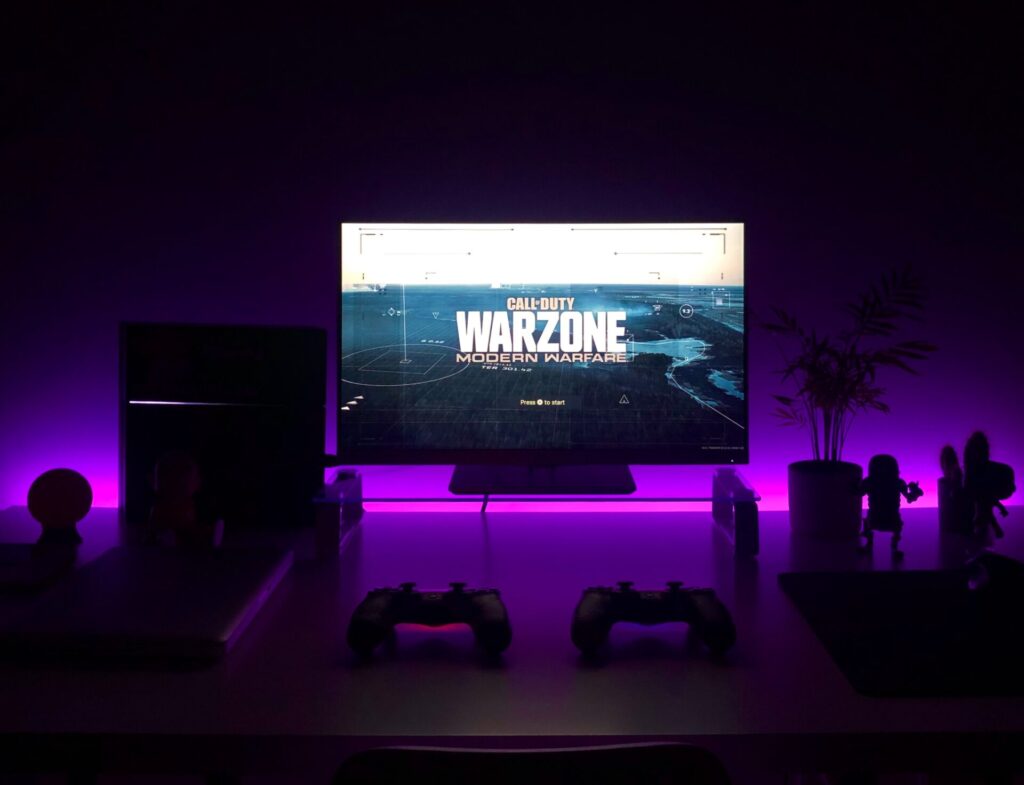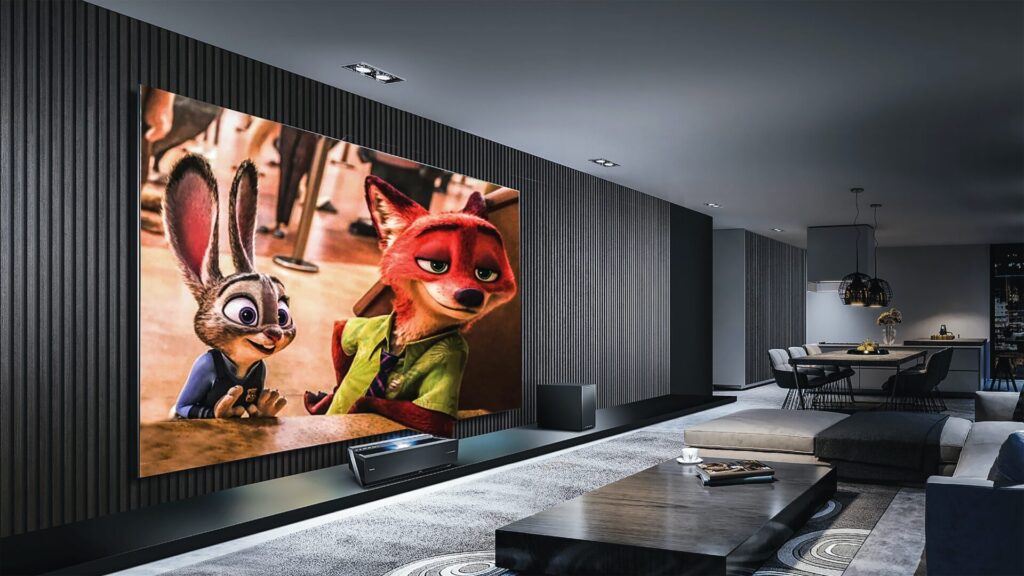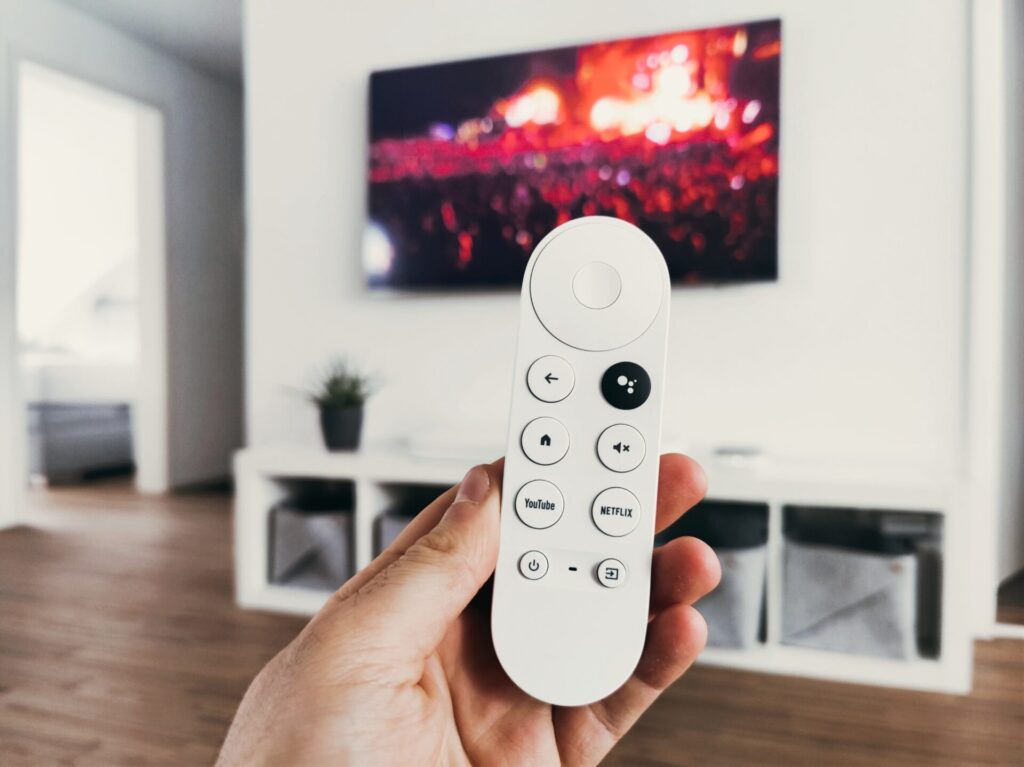Modification and adjustment of display color settings of a TV have great importance. Because without adjusting these color settings you can not get the desired quality of picture or display on your TV screen. Brightness, sharpness, contrast, tint, smoothness, and color temperature are the major factors that determine or decide the quality of the picture on your TV.
Color settings adjustment is a highly considerable need for the TV display nowadays. For instance, You may be curious about finding the best Picture settings for Samsung TV. And maybe for other TV brands. Now you don’t need to worry about it as we are here to help you come out of this problem. This article goes through the details of the color settings of a TV including contrast, sharpness as well as TV brightness settings.
Table of Contents
Top 6 Best Color Settings For A TV:

1. Mode Selection Of TV Display:
The first step in the process of adjusting color settings is the selection of TV display mode. The selection of mode depends on the nature of the display you want and the place where you are going to display it.
For instance, if you are thinking of installing a TV in your home, the picture mode you will need to enable will be different from the one you are supposed to install in a shop or other marketplace. It is just because the requirements of display for these places are different from each other. In short, mode selection defines the quality of a picture.
2. Sharpness:
Sharpness is another considerable feature of picture settings. With the high sharpness of a picture, the picture quality will be better. Losing the natural look is also worth considering factor. With increasing sharpness, the picture starts losing its natural look.
In other words, enhancing the sharpness will stop working after a certain level. It is the point where you need to stop enhancing the sharpness. In case pictures start losing their natural outlook with increasing sharpness, you need to keep them to the lowest possible level.
Read: How Many Watts Is A TV?
3. Contrast Level:
The contrast level also comes under the essential factors that determine the quality of the picture. Contrast level does not affect picture quality, rather its effect is interconnected with the brightness of the picture.

The relationship between contrast and brightness can be estimated from the fact that the quality of bright areas of the picture is dependent upon contrast level. While that of dark areas is connected with the brightness. Keeping any of these two very high or very low can make the picture quality low. So you are supposed to keep a balance between these two.
4. TV Backlight:
TV backlight can also make a difference when it comes to the quality of the picture and most importantly ease of watching. Watching TV for a long period may result in pain and soreness in the eyes.
The major reason behind all this is the high brightness of the TV backlight. By dimming the TV backlight you can avoid the problems and can enhance the picture quality as well. Therefore, don’t forget to keep this factor in mind as well.
5. Color Intensity:
Color intensity commonly known as color temperature also matters a lot as far as color quality is concerned. Color temperature can produce an effect that makes the picture uncomfortable to watch and may hurt the TV-watching experience.
The color intensity can be understood in easy words as the quantity of a particular color. For example, The red color shows how much red is in the picture. Similar is in the case of other colors. Color temperature settings are generally adjusted by the experts, however, you can also adjust them from the settings of your TV through options namely “cool”, “warm” and “medium”.
You need to avoid the “cool” option and prefer the “warm’’ intensity level.
6. Motion Smoothing Feature:
The motion smoothing feature is also liked by some of the users but the majority of the users do not prefer enabling this feature. And the reason behind disliking motion smoothing is the loss of originality. As we know motion smoothing works by adding more frames to the picture especially the back frames which make the video look more smooth. But one of the major side effects of motion smoothing is the lowering of the quality of the display.

Conclusion:
Knowing the best color settings for a TV can assist you in improving your TV-watching experience. For example, if you are using a Samsung TV, you can get the best from it by finding out and implementing the best TV color settings.
The important factors explained in this article help you find out the best picture settings for LED TVs. By implementing them, you can enhance the picture quality and many more.
